Can Sex Be Captured?
Egon Schiele's work on nudes and sex
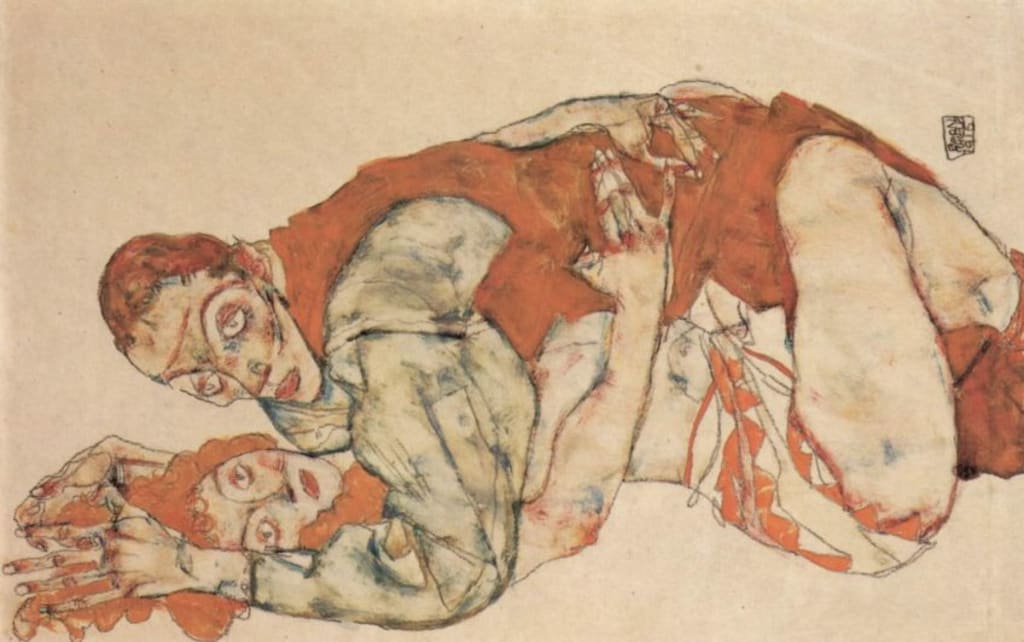
What do you think about when you think about sex in art? While many would argue that PornHub is art itself, my mind goes to two things: the movie The Handmaiden and the oeuvre of Egon Schiele.
The artist, Egon Schiele, died young at the age of 28, he shares with me something special. More than one thing, actually: the deep interest for the human psyche, and obsession for death and - no, not sex - our birthdate. He was born exactly 102 years before me, on the 12th of June.
While he died at 28 of influenza, I was 28 when Covid-19 made its way in the world, and naturally, I took it as a sign of my imminent death. But alas, 2 years later, here I am, writing to you about this masterful figure.
Schiele's life, much like his work, was not without controversy. He lived a very licentious life, was mentored by Gustav Klimt, and was even jailed for a while, but for however interesting his life is, I am more concerned about his accurate expression of human sexuality, tenderness, and eroticism in his drawings and paintings.
Eros and Thanatos
The fascination for human bodies was triggered by his fascination with another Austrian's ideas, Freud, around death and sex (Eros and Thanatos). While we do not know for sure if Schiele ever read the work of Freud, we do know that his ideas were widespread in Europe, and were influencing artists and thinkers alike.
Death and Sex are, in fact, on top of the expressed ideas (while being very tangible things) in Schiele's work.
Death, disease, anxieties and intrusive thoughts are evoked by the pain-like poses of Egon's figures, the disappearing colours, the vacuum from which the figures appear, and details like missing limbs.
Thanatos is the urge of aggressiveness, sadism, destruction, violence derived from the Greek word meaning "death." According to Freud, humans have devised the instruments to totally eliminate themselves after Thanatos; in response, Eros is expected to make an attempt to establish himself in the face of an equally immortal foe. But nobody can predict how successful it will be and what the outcome will be.
This tension between love (and sex), and the need for and fear of death as something as carnal as love, is almost obvious in Schiele's work.
After all our bodies want that: lips, nipples, and genitalia change colour and form in need of embraces and carnal catharsis. But the mind is devoured by anxieties, fears, and the act of sex itself becomes an expression of love and need for pain, violence.
Nudes and Sex
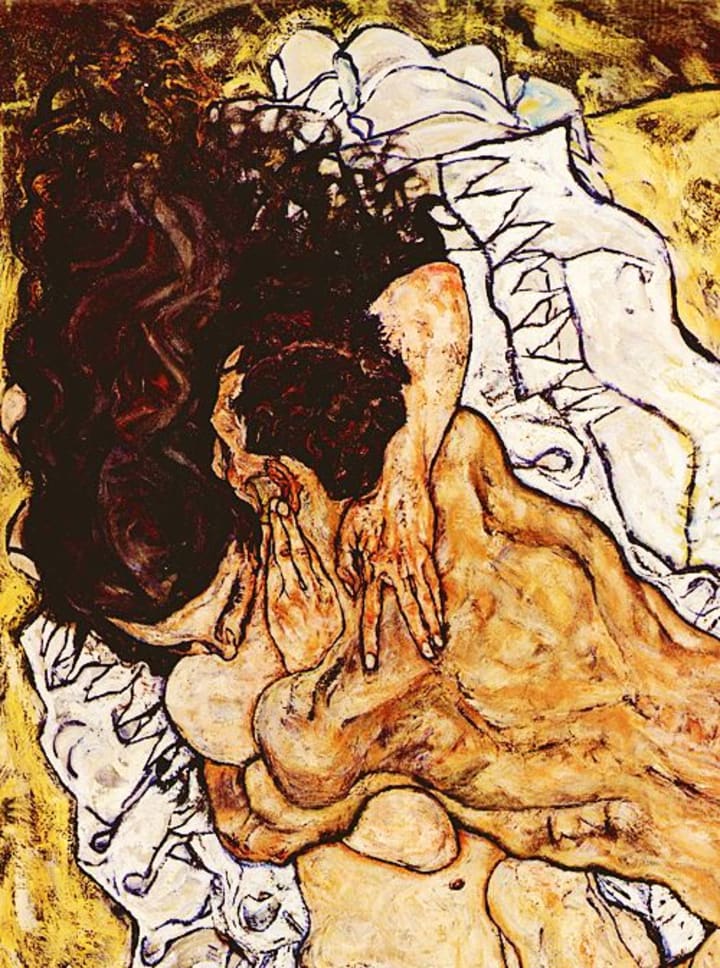
With his frequent use of a sickly colour palette and severe portrayal of human flesh, Schiele's style has been described as hideous and corpse-like. Furthermore, his female sitters were constantly placed in explicit and revealing stances, their anatomy made into the focal point of the pieces.
While many consider these works to be nothing more than pornography, others have questioned if they empower women.
In my opinion, we can't know what motivated Schiele to create these paintings since we don't know what he was thinking. Was it merely for his own amusement, or was he attempting to redeem women, both wealthy and impoverished, married or prostitutes?
We only have access to what we can see.
Compared to many other artists of his time, and other times too, Schiele's figures are unabashedly themselves, they have their own sexual desires, and are not simply posing elegantly for the male gaze (think of The Luncheon on the Grass by Manet).
Most of the male nudes painted by Schiele are of himself, self-portraits.
We know that he used to spend hours posing in front of a mirror, analysing his body, changing expression like an actor on stage.
Maybe that's what I see, past the corpse-like figures, when I see his male nudes is an actor, but not a dishonest one, a dancer.
I always think that no one knows the body better than a dancer: the ability to connect one's mind to every single muscle…to move it however one desires. That's what I see in Schiele's self-portraits. But also an actor, and a philosopher: investigating the way in which all of those single muscles come to live, expressing what's buried inside.
Although the body appears broken, it is showing its true self. The colours of the body are a call to fears of death and disease, maybe. But nipple, eyes, and genitals are the casting of Eros on Thanatos. Love on death.
Desire, life.
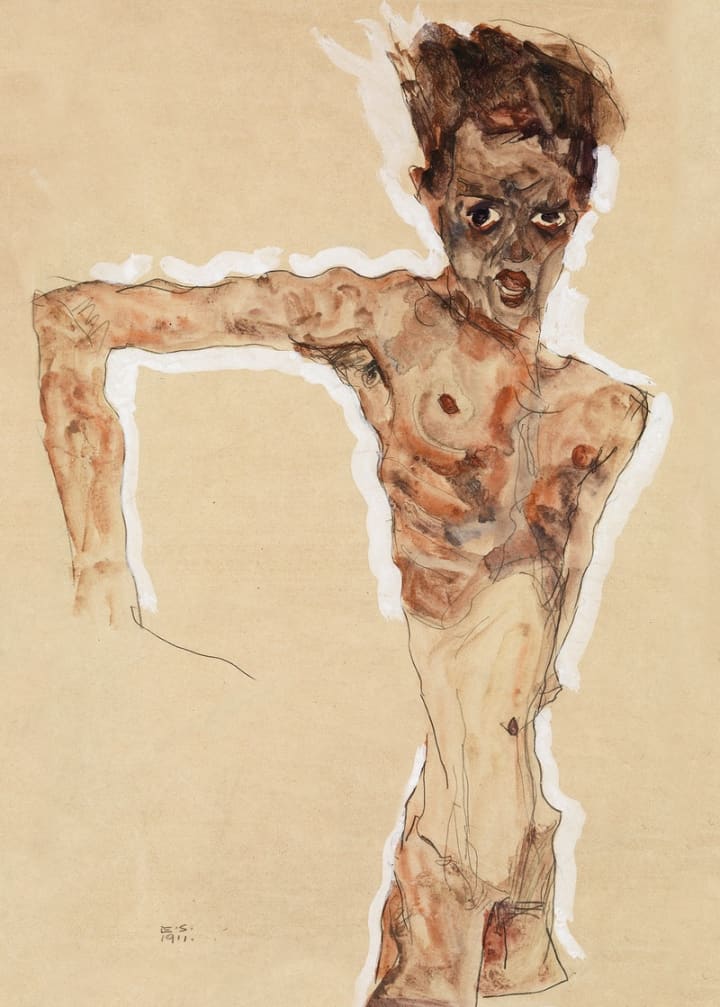
Always an embrace, Schiele's paintings of sex are delicate while being brutishly real. They are not the slow dance of a scene in a romantic movie. They are not the rabbit-like intercourse of pornography.
They are embraces, they are real.
While often in his "embraces" the figures are not concerned with the viewer, looking at each other or closing their eyes, in Lovemaking (1915) the two figures are staring back at us, looking at them.
Sure, maybe we are still not part of the equation. We, the viewers, are not here, there is just a mirror.

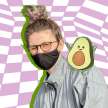
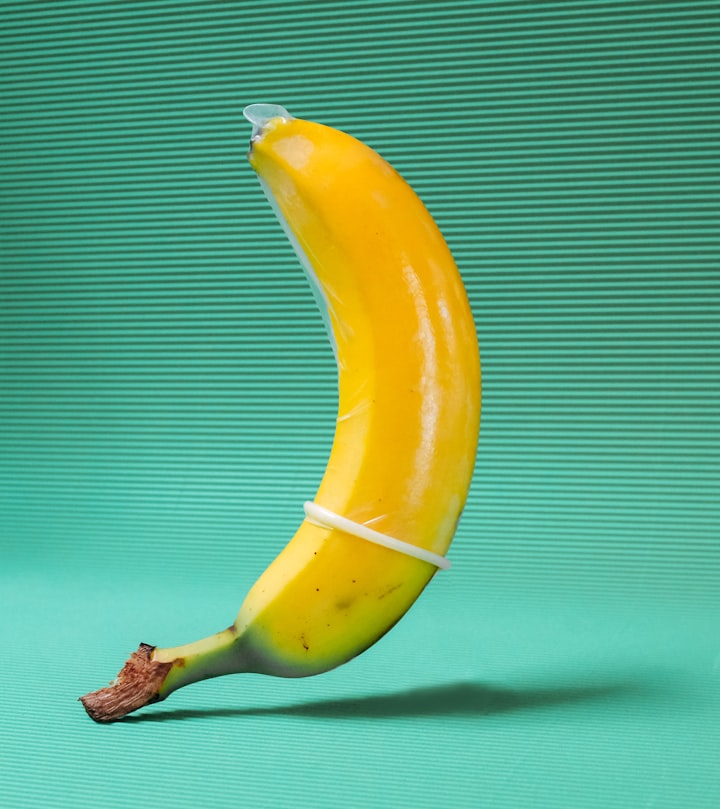

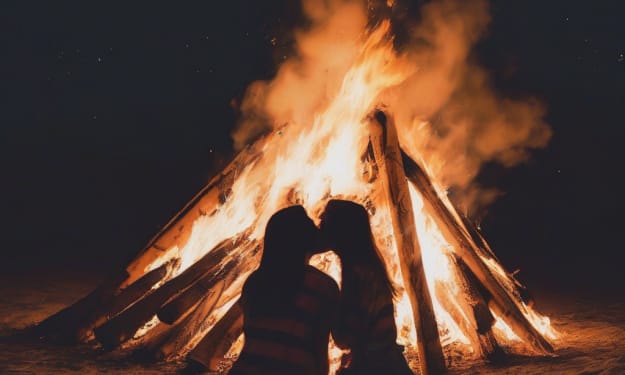

Comments
There are no comments for this story
Be the first to respond and start the conversation.